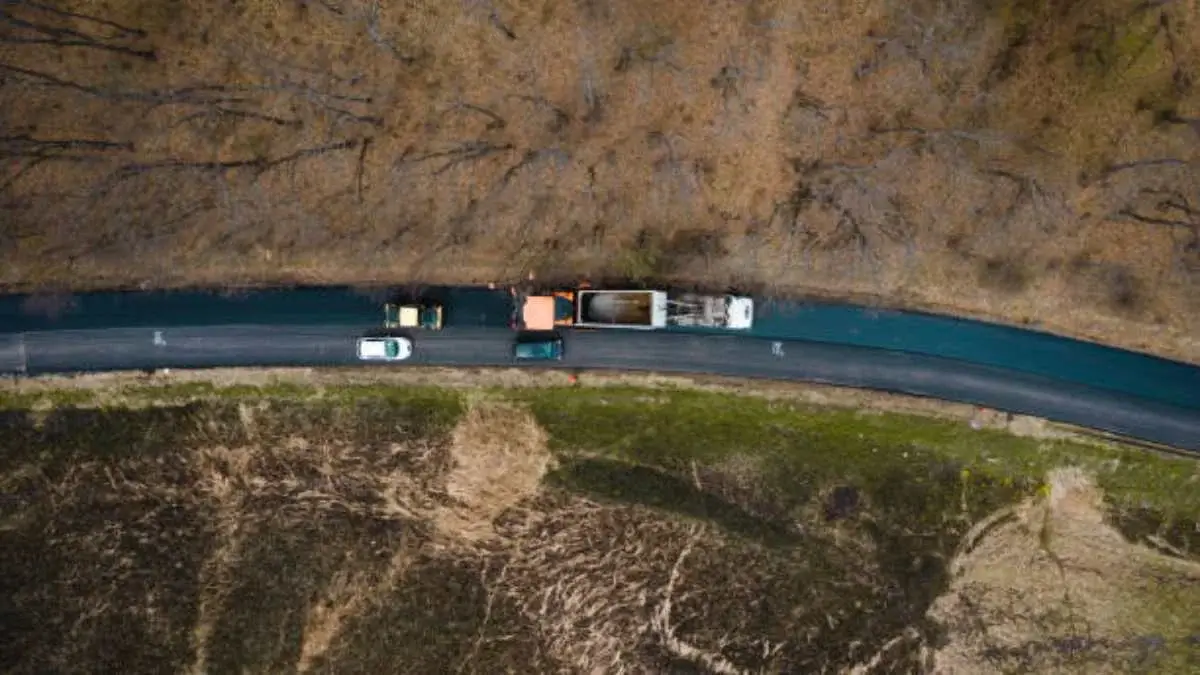GENERAL
From Wildfire Zones to Winter Roads: Land Services That Protect and Prepare

Introduction
In regions where the seasons swing from sweltering summers to harsh, snow-packed winters, landowners face a unique set of challenges. Preparing land for seasonal extremes isn’t simply about aesthetics, it’s a matter of safety, usability, and long-term stewardship. Whether it’s a remote property, a mountain residence, or a vast rural estate, maintaining control over natural elements is essential.
Fire risk in arid seasons and impassable terrain in the colder months can make ownership more difficult than it needs to be. However, with proper planning and the help of an experienced land services company, these concerns can be addressed proactively. Services such as fire mitigation, excavation, and snow removal provide more than convenience—they’re a strategy for protecting your investment year-round.
Understanding Fire Mitigation as a Seasonal Necessity
As climate change intensifies, fire seasons are longer and more destructive. For landowners, particularly those near forested areas or dry open spaces, the threat is very real. Fire mitigation is no longer an optional measure—it’s a critical aspect of property upkeep.
This process involves much more than cutting down a few trees. It can include brush clearing, the creation of defensible space around structures, fuel load reduction, and managing undergrowth. These strategies minimize the speed and spread of wildfires, giving firefighters and homeowners a better chance to control the outcome should a blaze occur.
A reliable land services company can assess each property’s unique risk factors and design a mitigation strategy that is compliant with local guidelines while offering maximum protection. Bear Claw Land Services, for instance, has become a familiar name in fire-prone communities because of its thoughtful and targeted approach to these complex scenarios.
Excavation as the Foundation for Safer, More Accessible Land
Excavation might conjure images of heavy equipment digging foundations, but its uses extend far beyond construction. On large rural properties, excavation is often the first step toward building accessibility, creating runoff control, or reshaping terrain to better handle weather conditions.
Trenches may be carved to direct stormwater away from homes and barns. Sloped driveways can be evened out for safer vehicle travel. Retaining walls may be integrated to prevent erosion in steep areas. The goal isn’t just functionality, it’s long-term protection. Proper excavation enhances the land’s resilience to both fire and snow-related issues by improving drainage and reducing fuel loads.
In mountainous or high-altitude regions, excavation work may need to be carried out within a narrow seasonal window. That’s why experienced professionals assess the land not just for current needs, but future concerns as well, ensuring the work remains effective long after completion.
Snow Removal: More Than Just a Seasonal Chore
When winter sets in, accessibility becomes one of the biggest concerns for rural property owners. Heavy snowfall can make driveways, roads, and access points impassable. For homes, ranches, or remote business operations, this is more than an inconvenience—it can isolate residents, delay emergency services, or halt operations entirely.
Routine snow removal, when performed strategically, maintains safe access while also preserving the integrity of driveways and infrastructure. Snow that is left to compact over time can cause long-term damage to surface underneath, particularly if those surfaces were not designed with drainage or weight-bearing in mind.
Professionals who specialize in snow removal for large properties understand these nuances. They clear access paths while minimizing harm to landscaping and infrastructure, often coordinating with other seasonal services to ensure everything functions as a unified system.
Layered Land Services for Year-Round Property Confidence
Land management is most effective when it’s approached as a year-round strategy. Fire mitigation, excavation, and snow removal may seem unrelated at first glance, but they’re deeply interconnected. A well-excavated property is easier to plow in winter. Fire mitigation can improve drainage, which in turn minimizes icy buildup during cold seasons.
By taking a layered approach, landowners can stay ahead of seasonal stressors instead of reacting to emergencies. The key is to work with experienced providers who not only understand the land but are also attuned to the local climate and terrain.
Engaging a land services company like Bear Claw Land Services ensures consistency in care and continuity in planning. By assessing a property as a dynamic system rather than isolated features, they help build long-term resilience.
Why Proactive Planning Pays Off
Waiting until a fire is near or snow is already falling isn’t just risky, it’s often too late. The best time to prepare land is during off-peak seasons when there’s time to think strategically and schedule work efficiently.
This allows for:
- Budget planning: Spacing out services avoids large, sudden costs.
- Site-specific strategy: Technicians have time to learn the land’s features.
- Compliance: Fire mitigation and excavation can be done in accordance with local regulations without last-minute pressure.
Additionally, properties that are well-maintained year-round tend to retain their value better. They are easier to sell, simpler to rent, and safer to inhabit. When land is ready for whatever nature brings, owners enjoy greater peace of mind.
Making Land Work for You
Owning land comes with a unique sense of pride and opportunity. Whether it’s a retreat, residence, or working property, it should offer freedom—not constant stress. However, without regular care, the very elements that make land beautiful—trees, terrain, snowfall—can also become overwhelming.
Working with experts to develop a maintenance schedule that includes fire mitigation, excavation, and snow removal is one of the smartest ways to preserve that freedom. It ensures that the land remains not just beautiful, but functional, safe, and prepared for anything.
Bear Claw Land Services understands this balance and brings experience and care to every property they touch. For owners seeking lasting stewardship and smarter land use, a proactive approach isn’t just better, it’s essential.
For more updates, Visit Temple-publications.com
-

 BIOGRAPHY7 months ago
BIOGRAPHY7 months agoBehind the Scenes with Sandra Orlow: An Exclusive Interview
-

 HOME1 year ago
HOME1 year agoDiscovering Insights: A Deep Dive into the //vital-mag.net blog
-

 HOME1 year ago
HOME1 year agoSifangds in Action: Real-Life Applications and Success Stories
-

 BIOGRAPHY1 year ago
BIOGRAPHY1 year agoThe Woman Behind the Comedian: Meet Andrew Santino Wife




























